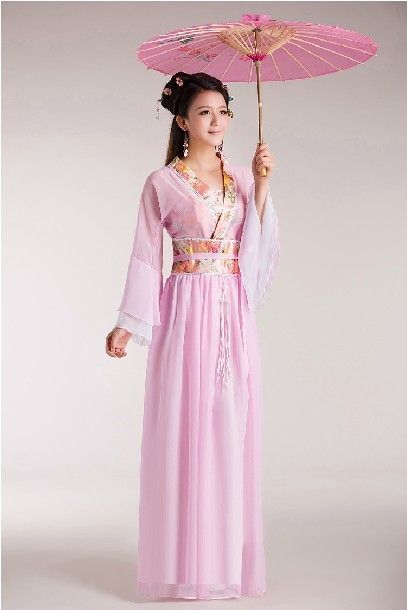Chinese and Japanese Old Clothing – Which one is Most Suitable
The Chinese were always a fashionable race and Chinese old clothing was generally impacted by every one of the dynasties which governed it. The Han Chinese clothing or the Hanfu has the longest history of clothes worn. The Hanfu rules of dressing were observed strictly as a sign of respect for the way of life. Then again, antiquated Japanese clothing continued to change with each dynasty that governed Japan. Since the Kimono is a public dress, it has always been mistaken for exceptionally old clothing worn by the Japanese nation which is inaccurate. The basic design of the Antiquated Chinese clothing Hanfu was to a great extent created during the Shang Dynasty. The Shang had two basic styles – the Yi which was the coat worn on top and the Shang whichwas the skirt worn underneath it.

Buttons on any old Chinese clothing was substituted by a Sash. The clothing was in warm tones. The Zhou dynasty in western China changed in the sleeves being restricted and expansive. The length of the skirt changed from knee length to the lower leg and the various sizes and styles made a distinction between individuals who wore them. Old Chinese clothing used negligible stitching on the article of clothing and the use of weaving and silk sashes to design the dresses. Japanese antiquated clothing was significantly affected by Chinese clothing. Vigorous exchange among Japan and its mainland neighbors acquired Chinese dresses and styles into Japan during the Han Dynasty. The Tang styles and Sui dynasty from China impacted clothing in Japan while it was creating from an assortment of loose clans to a Realm. All robes in Japan were to be worn from passed on to right just like the Chinese. Right to left was considered brutal in China and the ‘left over right’ turned into the ordinary rule of wearing a Kimono from that point forward.
During the Heian period 894 specifically, Chinese impact started ceasing to exist and Chinese characters started being curtailed in Japanese script. The Heian court was taken to sensitivity of workmanship and subtle magnificence and closet turned out to be significantly more point by point. Colors, combinations and texture textures changed and separated themselves from Chinese robe chinoise impact. After the Heian time frame, the Kamakura time frame saw various clashes and war clans inside Japan. The antiquated Japanese clothing soon went through another change and presently clothes turned out to be more useful. The quantity of layers and wide sleeved clothes were shunned for more usable clothing. Soon the royal land split into a southern and northern court and these individuals’ lives got impacted by the soft court life. Fights resumed and the progressive debauchery is obvious in the intricate dresses of the period. Ladies had stopped wearing the Hakama and the robes were extended to lower leg level. Veils and robes over the head were some strange ways tested and worn during this time.
